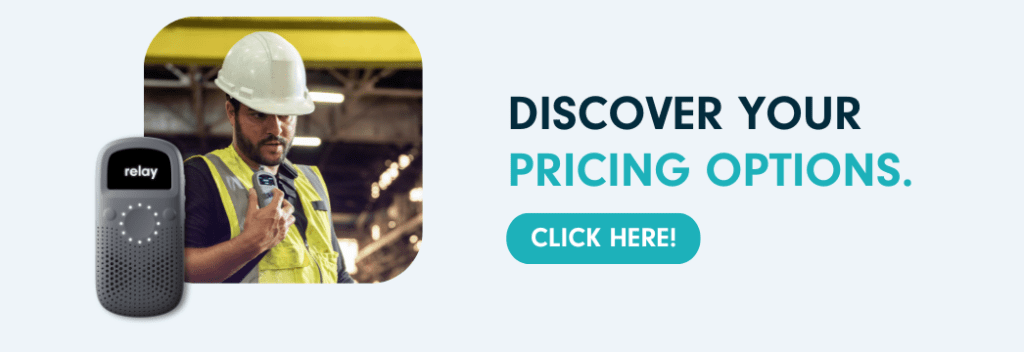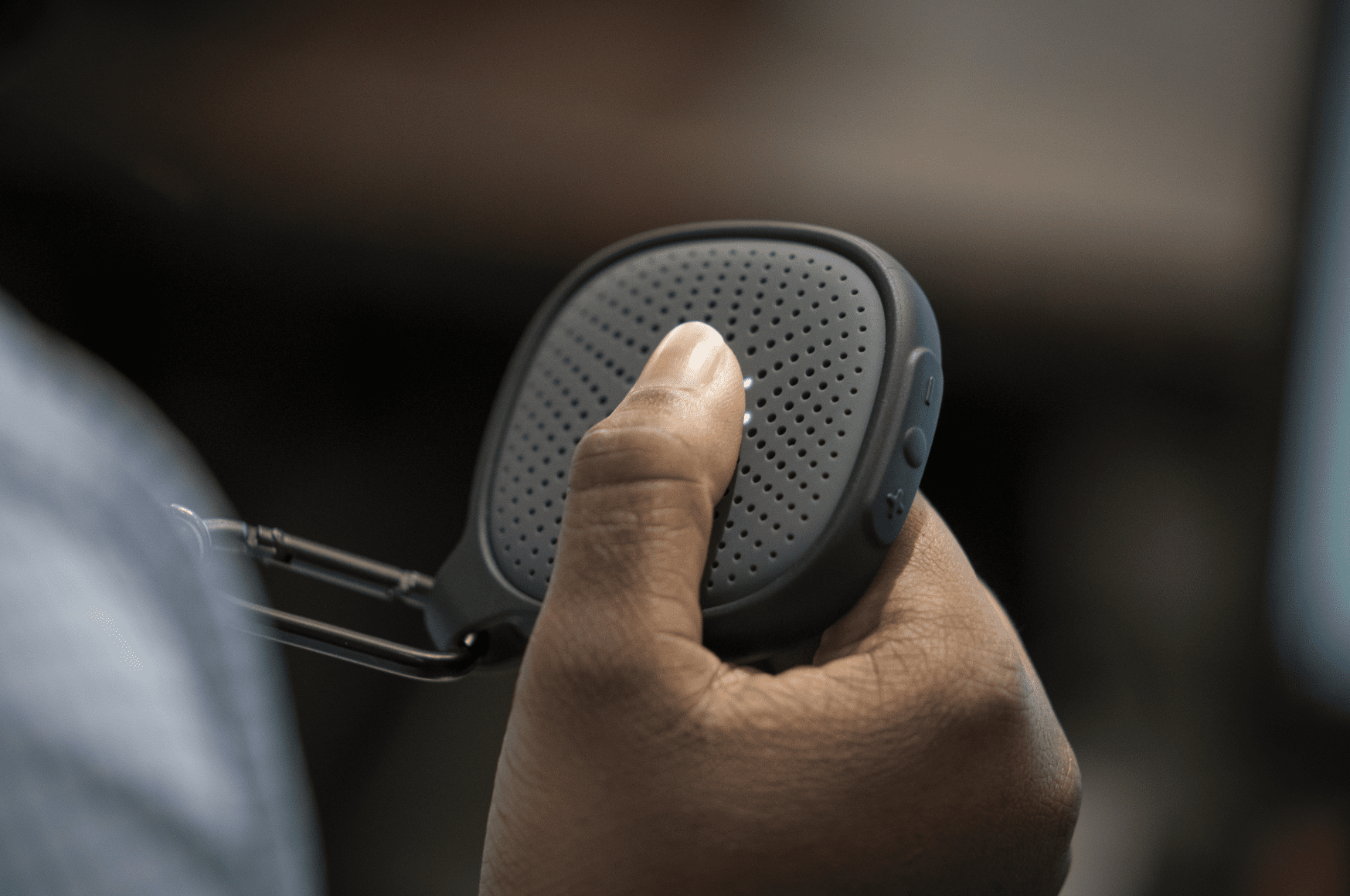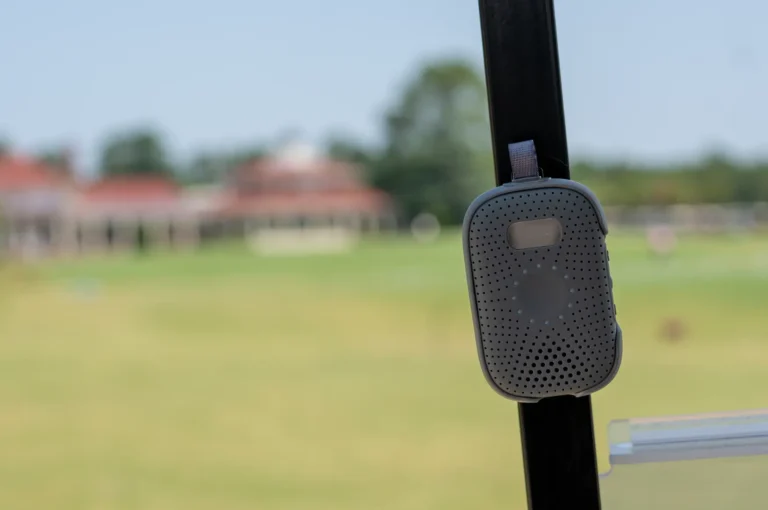Relay enables teams across industries and sectors to reach each other without relying on cell phones or outdated two-way radios to communicate, making it easier to keep staff informed in different situations. With Relay, staff members can quickly get in touch with each other, signal for help, and keep everyone updated with a quick message. Having a reliable device for communication has a significant impact on team communication, operations, and guest experience.
However, to get the most out of Relay, it’s important to have protocols and processes in place, ensuring that your staff feels confident using Relay for both small tasks and critical situations. Here’s how to maximize the use of Relay and enable your staff to feel empowered and ready to use it.
Create processes
To ensure Relay is not just used, but used effectively and frequently, it’s essential to establish clear processes for everyone involved. As part of these processes, consider:
- When to use Relay: Consider whether it is the main form of communication, ancillary, or whether it replaces a current tool. What situations is it for? Emergencies, general communication, or both? Identifying various scenarios when Relay is used will help staff members understand how best to use it in the context of their work.
- Who should use Relay? Is it for all staff members, certain teams, or something that will slowly be incorporated into overall team communication? What channels should each person have access to so that their day is not filled with unnecessary chatter?
- Why Relay should be used: To help people get accustomed to the tool, provide key situations for when it should be used and why that is beneficial. For example, if the process is now to use Relay for emergency situations, explaining why helps put things into context, making it easier to adopt.
- Identification: How should staff members identify themselves when using Relay, and what is the most efficient way to do this? There should be codes or some form of shortened term that staff can use with one another to quickly identify themselves to the receiver. This is especially true for large teams that share devices, where it may be less clear who is sending a message.
You may also need to develop specific communication protocols for common emergencies and various work scenarios, as well as who staff members should communicate with in these instances. Learn more about Relay’s advanced incident response workflows here.
Once processes are in place, reinforcing them is just as important. For many, switching or changing behavior often takes time, so repetition is important. When communicating with teams, periodically remind them of the when, who, and why of using Relay to keep best practices top of mind.

Know the lingo
Regardless of what type of messages your team is passing along, it’s vital to keep communication short and concise. You might be familiar with some common lingo already since it’s steeped into pop culture and how we speak! But getting staff used to it in this context is essential, as having the lingo down enables everyone to move quickly and get situations under control faster.
Standard lingo includes:
- Come in, go ahead, X looking for Y: Short ways to start the message, and make it clear that you’re on the other end looking to speak to someone (either specifically or in general).
- Copy that, affirmative, negative, eyes on, on it, stand by: All to confirm that you’ve heard the message and let people know your response.
- Do you copy, loud and clear, say again, radio check: Ensuring the person on the other end has understood your message, or communicating that you’ve gotten their message. These are all confirmations on whether the message is heard by you or someone else.
You may also need to develop your own vocabulary or code depending on the types of situations encountered or when Relay is most used. Work together with your staff to better understand what scenarios they envisage using Relay for, what some of the emergencies they may need to (discreetly) communicate to one another, and what codes or words could be used. Depending on your lingo, you could create a short ‘cheat sheet’ of sorts on different phrases, words, and codes that staff should be aware of and distribute as needed.
Luckily, this lingo is pretty clear and concise, so ideally, it won’t take too long for staff to get used to using it. But the more they use it, the easier it will be to use these terms day-to-day, enabling them to communicate more effectively.
Training is key
Beyond having a tool and processes in place, training staff is super important, especially in emergency situations. A common mistake in emergency situations, even with a tool like Relay in place, is having staff who are not familiar or comfortable enough to use it.
Regular and comprehensive training is the key to making staff comfortable using Relay. This is especially important in emergency situations where quick thinking and effective communication are crucial. Training ensures that staff not only know how to use the tool but also feel confident in doing so, even in situations where they may not have much time to think.
Creating scenario-based training may be most helpful, especially in the initial stages of using Relay. Running regular emergency preparedness training will help build the connection between staff members and how best to use Relay.
Learn how Oakland Military Academy is using Relay to train and prepare staff for emergency situations.
Gather feedback on usage.
Once Relay is in use and training has been completed, encourage staff members to use Relay naturally for the first few weeks. Processes can always be revisited if staff members find that in certain situations, they are more or less likely to use their devices or discover a more efficient way to use them.
Being open to feedback, tweaking processes where needed, and creating new ones if necessary creates a smoother adoption of the tool overall. Plus, if staff members feel they can contribute to how Relay is used and the best scenarios for it, they are more likely to love it and use it.
Gathering feedback from the beginning, as it is used, will help you understand how to get the most out of your investment and ensure that staff know they can turn to you if needed. If used effectively, Relay can speed up operations, keep everyone informed, and empower staff members to quickly reach who they need in fast-paced situations.





